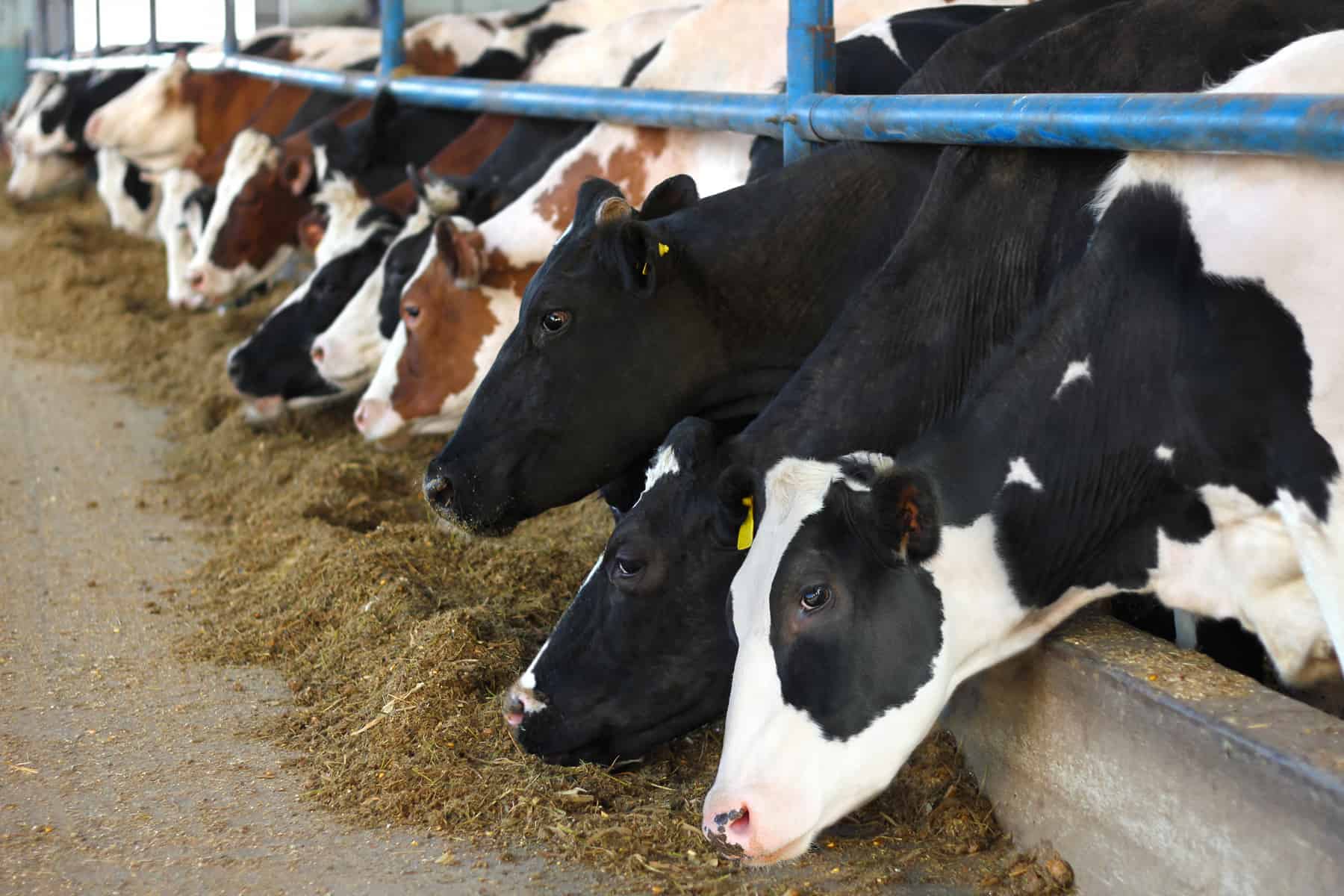High-yielding dairy cows need sufficient amounts of concentrate feed to meet their energy requirements. However, a high proportion of concentrate feed simultaneously increases inflammation and is consequently detrimental to the animals’ health—a vicious circle that has grave repercussions for animals, humans and the farm.
And to help dairy farmers break this vicious circle, science, research and the industry have come together to gain a better understanding of the relationship between feeding, metabolism and animal health, and develop appropriate solutions. One of the leading experts in this field is Professor Qendrim Zebeli, Chair of the Institute of Animal Nutrition and Functional Plant Compounds at the University of Veterinary Medicine, Vienna. His research recently provided conclusive evidence that endotoxins play a key role in relation to the incidence of metabolic diseases in high-yielding dairy cows.
As Professor Zebeli explained to the international experts attending a recent Dr. Eckel Ecknowlogy® live webinar, a meta-analysis showed that feeding dairy cows a ration containing more than 45% concentrate feed leads to increased endotoxin formation and, consequently, to systemic inflammation. An increase in the concentrate feed content is followed by a linear increase in inflammatory markers in the blood, especially when the feed contains easily fermentable carbohydrates.
This is due to dysbiosis of the rumen microbiome triggered by concentrate feeding, which, compared to base feeding alone, leads to an eight times higher endotoxin concentration in the rumen. Endotoxins are a component of the cell wall of gram-negative bacteria that trigger severe immune responses in animals, causing chronic inflammation. Furthermore, toxins produced in the rumen in the course of intensive concentrate feeding damage the liver, as indicated by an elevated range of values in liver test results. In some cases, these are up to 45% higher than the values obtained in the course of base feeding.
Professor Zebeli then proceeded to explain the effect of endotoxins in detail. He demonstrated that repeated endotoxin administration in dairy cows reduces daily feed intake by 10 to 20 kg. This promotes the incidence of abomasal displacement, which was observed in half the animals with high endotoxin levels. Moreover, exposure to endotoxins led to metabolic disorders and chronic immunosuppression. Consequently, there was a higher incidence of mastitis and retained placenta in these cows.
Professor Zebeli and his research group’s results emphatically show the extent to which endotoxins negatively affect animal welfare, health and performance. The large number of international participants who followed his talk during the live webinar and the exhaustive and very lively discussion after the technical lecture clearly show how great interest in endotoxins and the need for help and solutions really is.
High endotoxin levels: Reducing risk
According to Professor Zebeli, there are two possible approaches to addressing the challenges posed by endotoxins: firstly, by preventing high endotoxin levels in the digestive tract and secondly, by treating chronic inflammation in the animal. Anta®Catch, Dr. Eckel’s latest innovative product, combines both strategies. Its triple mode of action reduces the harmful effects of endotoxins across the board: it reduces endotoxins in the digestive tract, its prebiotic ingredients support the intestinal barrier and its phytogenic ingredients support the liver, counteracting excessive inflammatory responses (Fig. 1).

Fig. 1: Anta®Catch: The effective triple mode of action against endotoxin effects
Simultaneously, its double activation – rectification of the charge on the product’s surface and micronisation of the phytogenic components – ensures that Anta®Catch is particularly effective.
Click here for more information about Anta®Catch
Do you have any questions about endotoxins and Anta®Catch? Talk to us. We will be happy to advise you on how you and your customers can best apply Anta®Catch.
Did you miss the webinar? That’s absolutely no problem. We will make the recording of the webinar available to you on request. Register here to receive a link for the recording.



